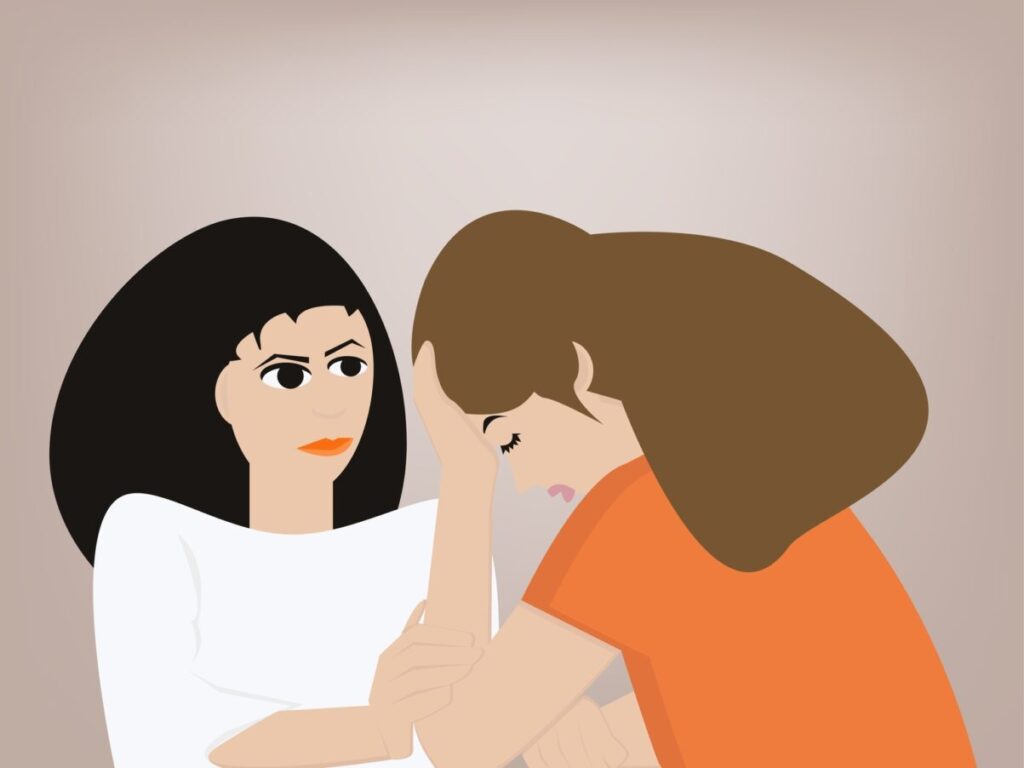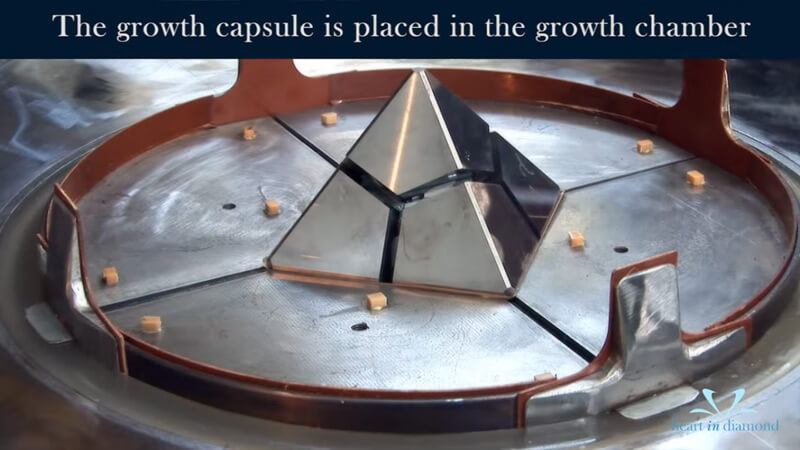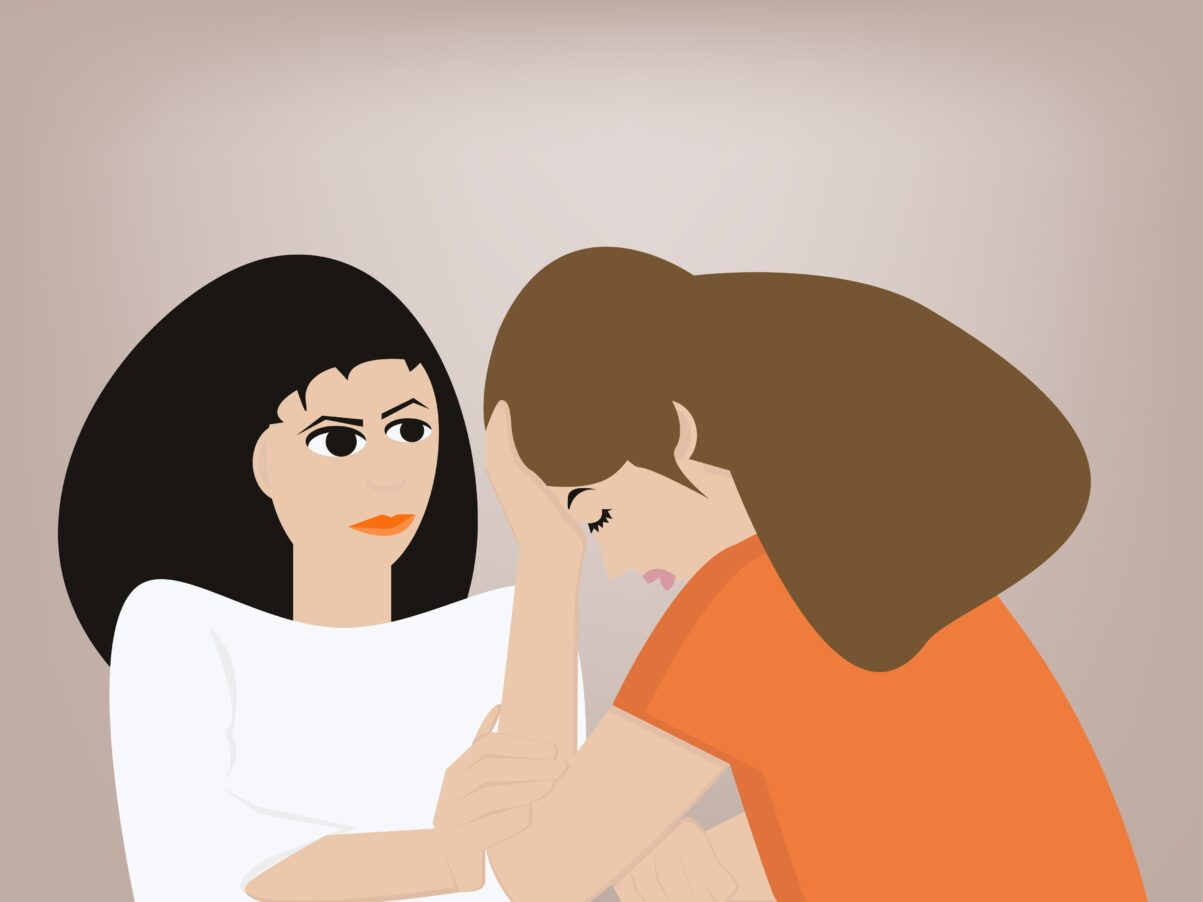Update: With COVID-19 ravaging global communities, a lot of us may be experiencing grief. Sadly, grief is not something that is talked about enough and yet its something we will all experience at some point in our lives. Fashion Psychology teaches us that our clothes and accessories are more than things that make us look good. They can elevate our mood states, cause us to act differently and they can even help us get through traumatic experiences. Through my collaboration with Heart in Diamond, I have explored my personal experience with grief and have investigated the impact that cremation jewellery can have on the healing process. If you would like to learn more about “wear-apy” let me know if the comments.
—
When I started working on this piece I would have never, not in my wildest dreams, expected the subject to hit so close to home. Several weeks later whilst I meander from day to day I remain stuck in shock at the sudden loss of my big sister. At this point in time I can only describe my grief as contradictory. I haven’t hit the stages of bereavement that traditional Psychology teaches in a neat and predictable fashion. Rather, I float between misery and acceptance, anger and denial. I have made countless bargains with the universe in a desperate effort to turn back time while I hinge on the pendulum that is my life, where everything now exists either before or after that tragic day.
One thing I know for sure is that there is no one-size-fits-all solution to dealing with loss. Whilst my mother has relied on her faith to see her through each day, I have noticed a shift in my ability to cope when I’m in the presence of my sister’s belongings. A love of fashion was one of the countless subjects we bonded over. As with most sibling relationships, when it came to our clothes and accessories, the concept of ‘ownership’ changed daily. Her old jumpsuit slowly became our jumpsuit, my new top instantly became hers upon the joint conclusion that she looked better in it. On the flip side, there were many fights involving some variation of “what’s mine is mine and don’t even think about asking to borrow it!”. From a cognitive standpoint, studies have shown that brain areas such as the medial prefrontal cortex (MPC) which are active when we’re thinking about ourselves are also active when ‘we create associations between external things and ourselves through ownership’ (Kim & Johnson, 2010). That is to suggest that our belongings are an extension of ourselves that conjure up countless narratives of both our singular and shared identities.

Some researchers argue that the extent to which we see our possessions as an extension of ourselves or others depends on our confidence levels. In a study where participants were given false feedback on a personality questionnaire which made it seem that they were not particularly self-aware, they responded by rating their belongings as particularly self-expressive – as saying something about who they are (Jarrett, 2013). It is fair to say that in this moment in time my confidence has been significantly reduced. My belief system and understanding of my place in the world has been shaken and only in clinging to tangible items, specifically those that she has left behind, reminds me that she is still a very huge part of who I am and that she will always be with me.
When it comes to a lost loved one’s possessions, the importance of ornamentation and jewellery in the grieving process spans across all human cultures over many decades. For example, in the Victorian era, so-called ‘mourning jewellery’ was a popular trend of the time, whereby accessories were fashioned out of the tresses of the deceased. In Buddhism, the ashes of accomplished Buddhist teachers are mixed with clay are made into devotional images that link the living and the dead (Goss and Klass, 1997). Whilst trinkets featuring coils and curls can still be found today, a fashionable take on the Buddhist tradition has recently grown in popularity in the form of memorial jewellery.

One company that is paving the way in memorial jewellery is Heart In Diamond. Serving many countries worldwide including the USA, Canada, UK, Australia, China and more, the diamond specialists serve to propel the healing power of jewellery one step further by creating beautiful bespoke diamonds in over 500 styles featuring the ashes of your deceased loved one.
Volkan (1981) suggests that ‘linking objects’ (actual material objects of the dead) function to maintain a bridge with the lost person. Unsurprisingly, Heart In Diamond’s testimonials reveal a deep sense of comfort clients feel about possessing a very physical and tangible reminder of their loved ones that they can carry with them at all times.
“To sympathize with someone is to agree with a feeling or a sentiment but to empathize with someone is to understand and be in tune with their feelings. Having been through this process as well as supported friends that have too I hope that I can share that experience with other families in an empathetic way. My diamond symbolizes the loss of my father. The combination of his ashes and my hair has now unified us forever and was a poignant journey for me to take. The Orange-Yellow Princess cut diamond is a representation of Japan and its reputation as the land of the rising sun and this is where he saw his final sunset. – Claire, USA, Heart In Diamond Client”
Linking objects like memorial jewellery can provide a way to maintain contact with the dead and ‘allow the mourner to externalize elements of the self and internalize elements of the other’ (Volkan, 1981). They serve a bridging function as symbolic representations of the person’s experiences with the loved one’s soothing and comfort.
“We were never big supporters of the highly regulated diamond industry that gives the general public the idea that diamonds are rare and valuable. We believe that what gives an item value is the history and what that item means to us personally. Purchasing a diamond from the store neither has a meaningful history nor does it have any personal attachment to us. Heart In Diamond has changed the diamond industry and has made diamonds really worth something valuable. – Kenneth, Nikki and our furry son, Orchid, USA, Heart In Diamond Client”

When we lose a loved one the financial burden is often one of the most psychological draining and unexpected parts of the bereavement process. When speaking to David Miller, Heart In Diamond’s content director I found out that the mounting costs of burials is one of many reasons people are seeking their services. “Cremation is cheaper than a burial, sometimes up to 70% less (we actually wrote an article on this). Cremation enables you to make memorialization objects such as cremation diamonds. If you don’t burry the cremated ashes, cremation also saves land.”
The environmental benefits of cremation jewellery doesn’t stop there. “The diamonds are absolutely conflict free because they are directly sent to us, no mines are involved”
“Step 1: After we have received the sample, it undergoes the process of analysis. The purpose of the analysis is to define the chemical composition and extract the perfect amount of carbon out of the material. Our laboratory specialists need about 3.5 oz of ashes or 0.07 oz of hair.
Step 2: the carbon is added to the diamond growing foundation, out of which a unique crystalline matrix will grow creating a personal diamond.
Step 3: The mixture is placed in the core of the HPHT where diamond-growing conditions from the earth’s crust are simulated with temperatures of over 2000℃
Step 4: Raw diamond will be polished and cut according to client’s specifications
About our personal service: if you live in one of the regions we have a representative in, we can come to your house to take your order and help decide. We hand deliver the memorial diamonds to you”

For those who feel ready, memorial jewellery can be a wonderful way to feel close to a loved one again. At such a difficult time anything at all that brings a measure of comfort is highly valuable.
Clothes and accessories have many powers beyond their aesthetic appeal. They can make a statement, reveal something about your identity and as we’ve seen with memorial jewellery, they can also provide comfort and a sense of peace, some shelter from the powerful negative emotions that can surround the death of someone we were close to.
To find out more about memorial jewellery and Heart In Diamond visit their website here.
For bereavement support contact Cruse Bereavement Care here.



